This post may contain affiliate links, which means I get a small percentage of the sale at no extra cost to you. I only recommend items I love and have had a positive experience with. Thank you!
Dandelions are a nutritional powerhouse! Learn what to look for and how to harvest dandelions like a pro.
Hello, my friends! Today we’re talking all about how harvest dandelions. Are you excited? Because I am! Turns out that dandelions are not just your average weed. Although they may not seem like it, dandelions are extremely nutritious, they contain numerous health benefits, and they can be used in many different ways.
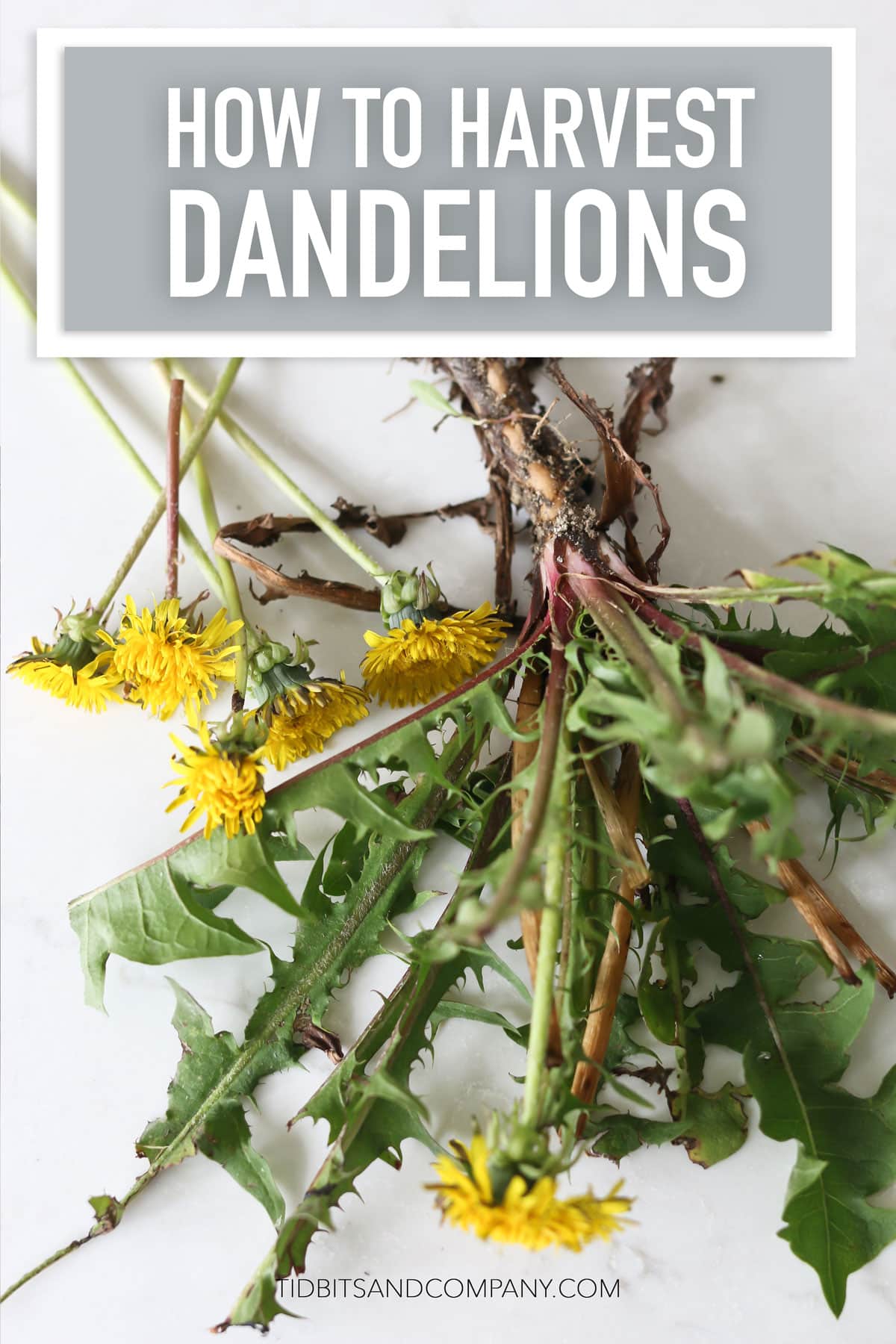
We’re going to take a close look at all aspects of harvesting dandelions, including what to look for, what equipment you’ll need, how to harvest different parts of the dandelion, and how to clean and store your dandelion harvest. We’ll also discuss some of the many uses for dandelions. Let’s get started!
Table of contents
Please be aware that I am not a trained medical professional. You should consult your doctor about any concerns you may have regarding the use of herbs or herbal products.
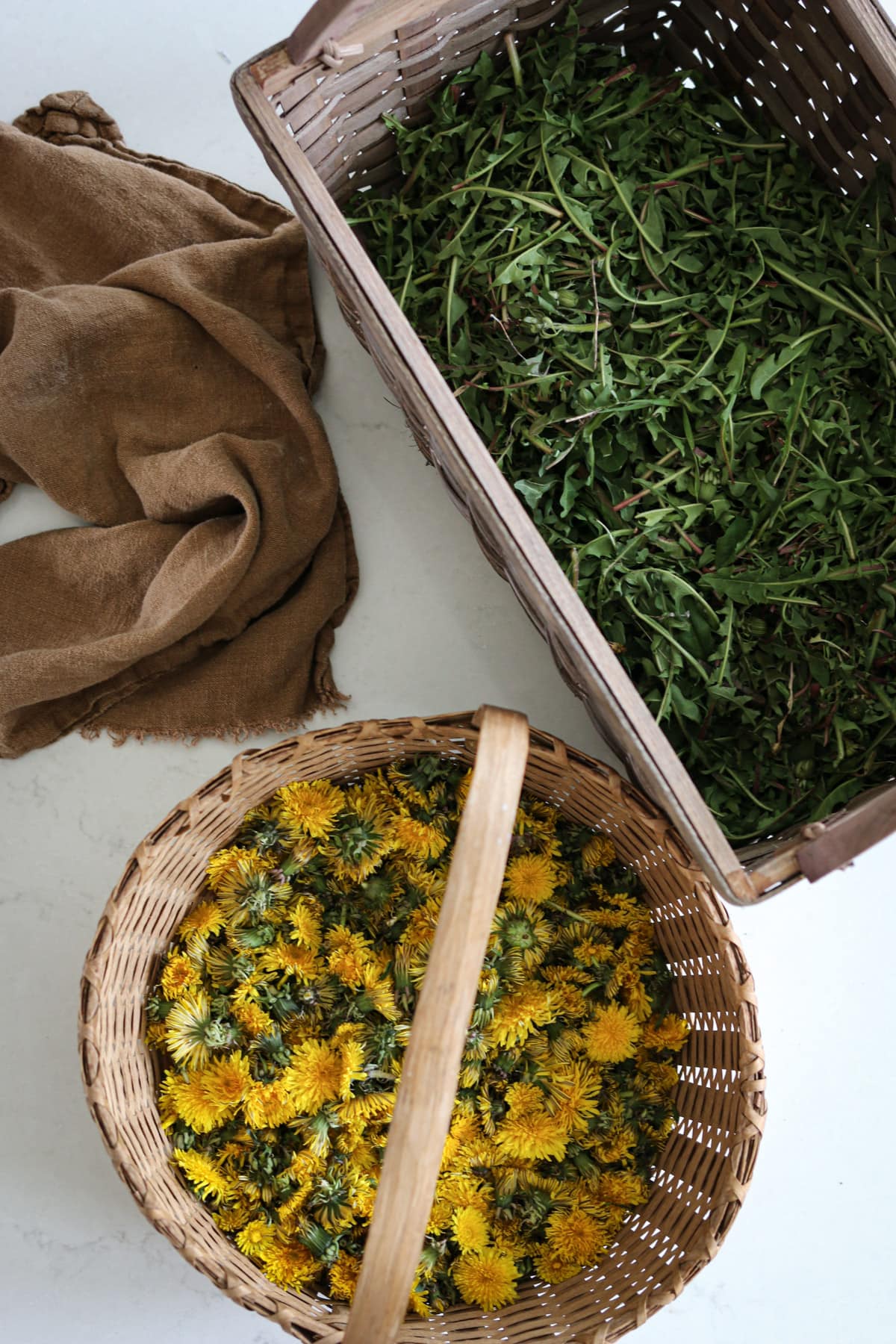
Dandelion Uses
I know I’ve said it before, but dandelions really are amazing! They are full of beneficial vitamins and minerals. Dandelions are a great source of calcium, potassium, antioxidants, fiber, and more. In fact, the health benefits of dandelions are so numerous that I dedicated an entire blog post to the benefits of dandelion roots.
I also recently shared a recipe for roasted dandelion root tea. Drinking roasted dandelion tea is not only a great way to get more essentials nutrients like vitamin A and vitamin C, but it also has a great flavor that can be used as a coffee substitute.
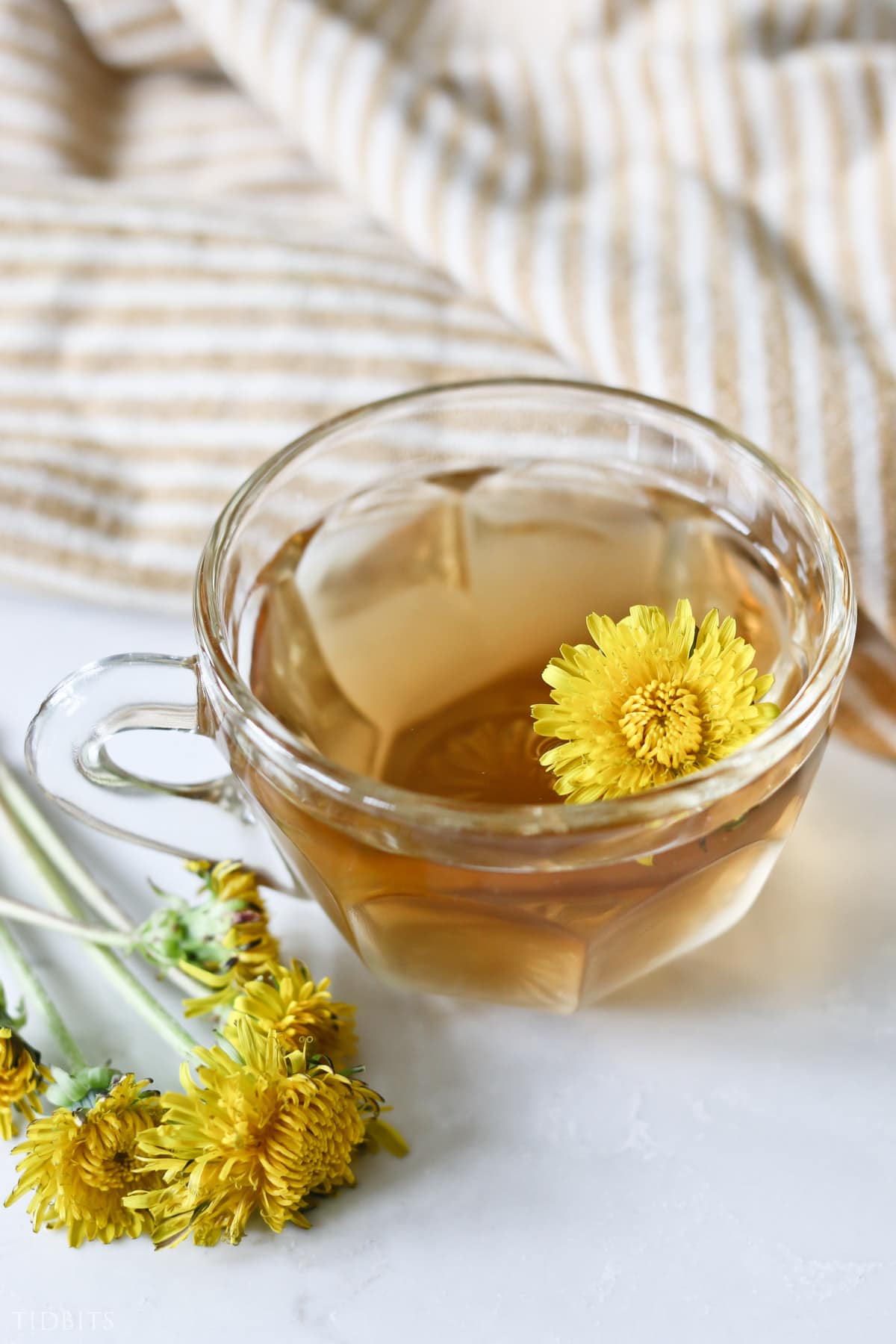
Food
Of course, dandelions can be used for many other things besides tea. Dandelion greens are completely edible. Harvested dandelion leaves can be used in salads, sautés, soups, sauces or even blended into smoothies. Dandelion flower buds can be used to make dandelion jelly, bread, pancakes and even batter fried dandelion fritters. Yes – those are all real things!
Medicinal
Dandelions aren’t just for eating. Dandelions are also used in herbal medicine due to their various health benefits. They aid in liver detoxification, help diabetics regulate blood sugar, act as a diuretic for water retention, and improve immune system health overall. See my post about the health benefits of dandelion roots to read about these benefits and more.
Body Care
Let’s not forget that dandelions can also be used in body care products. I even have a recipe for a healing dandelion salve that is great for cuts, scrapes, acne, eczema, headaches, sore muscles and more. My family uses it all the time, and it was my first convincing experience with herbs that has made me go all-in. Since then, I have enrolled in Herbal Academy courses and have loved learning even more! If you are also interested in learning, I highly recommend this wonderful school for herbalism.
I digress.
Dandelion oils can also be used in lotions and balms. It’s amazing how many things can be made from this common plant!
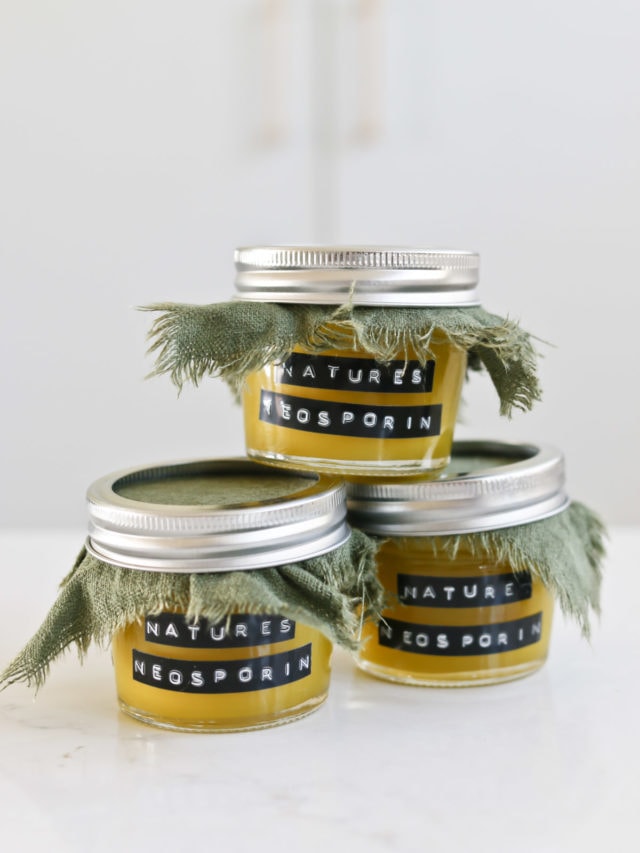
How to Harvest Dandelions
Before we begin, please note that for safety reasons you should only harvest dandelions that you know have never been treated with pesticides or herbicides.
Now, onto how to harvest dandelions so that you can get to making all that good stuff!
Best Times to Harvest
I like to harvest dandelion leaves and flowers in the early spring. This is when they are young, tender and have the best taste. I prefer to harvest dandelion roots in the fall. Dandelions will have the most nutritional energy stored in their roots at this time. But truly, any time they are available is a good time to reap the benefits.
Supplies
You don’t need much to harvest dandelions. I like to have a pair of garden gloves to protect my hands, some scissors or garden clippers, and a basket for collecting the plants. I would also recommend a shovel. Some of the dandelion roots can be quite stubborn and long. A shovel makes the harvesting process much easier.
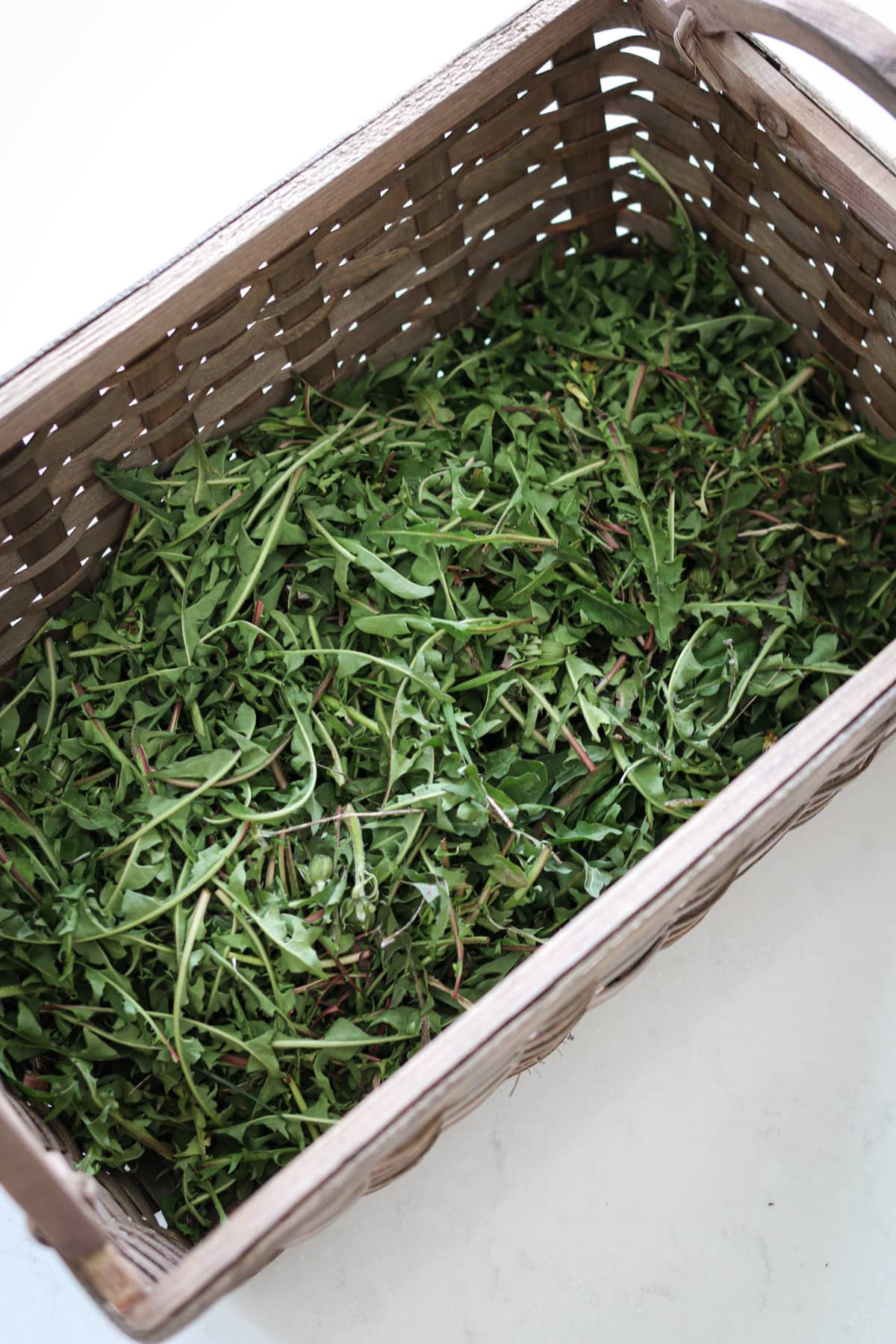
Harvesting Dandelion Leaves
To harvest dandelion leaves, select a healthy dandelion plant with fully grown leaves. Trim off the outer leaves of the plant near the base. If you don’t have scissors or garden clippers, you can pluck the leaves instead. Leave the inner leaves intact to allow the plant to keep growing.
Harvesting Dandelion Flowers
Look for dandelion flowers to harvest that are fully formed and brightly colored. Avoid harvesting wilted flowers. Check the flower head for insects or damage before harvesting. Either trim or pluck the flower heads from the stems. The flower stems can either be left on the plant or composted.
Dandelion stems are useful too! The stems from dandelions contain a high amount of latex in its milky sap. This latex can be used as a natural wart remover by dabbing on the affected skin area several times a day.
If you have a latex allergy, please use caution around dandelions. You may want to avoid harvesting dandelions or use protective gloves.
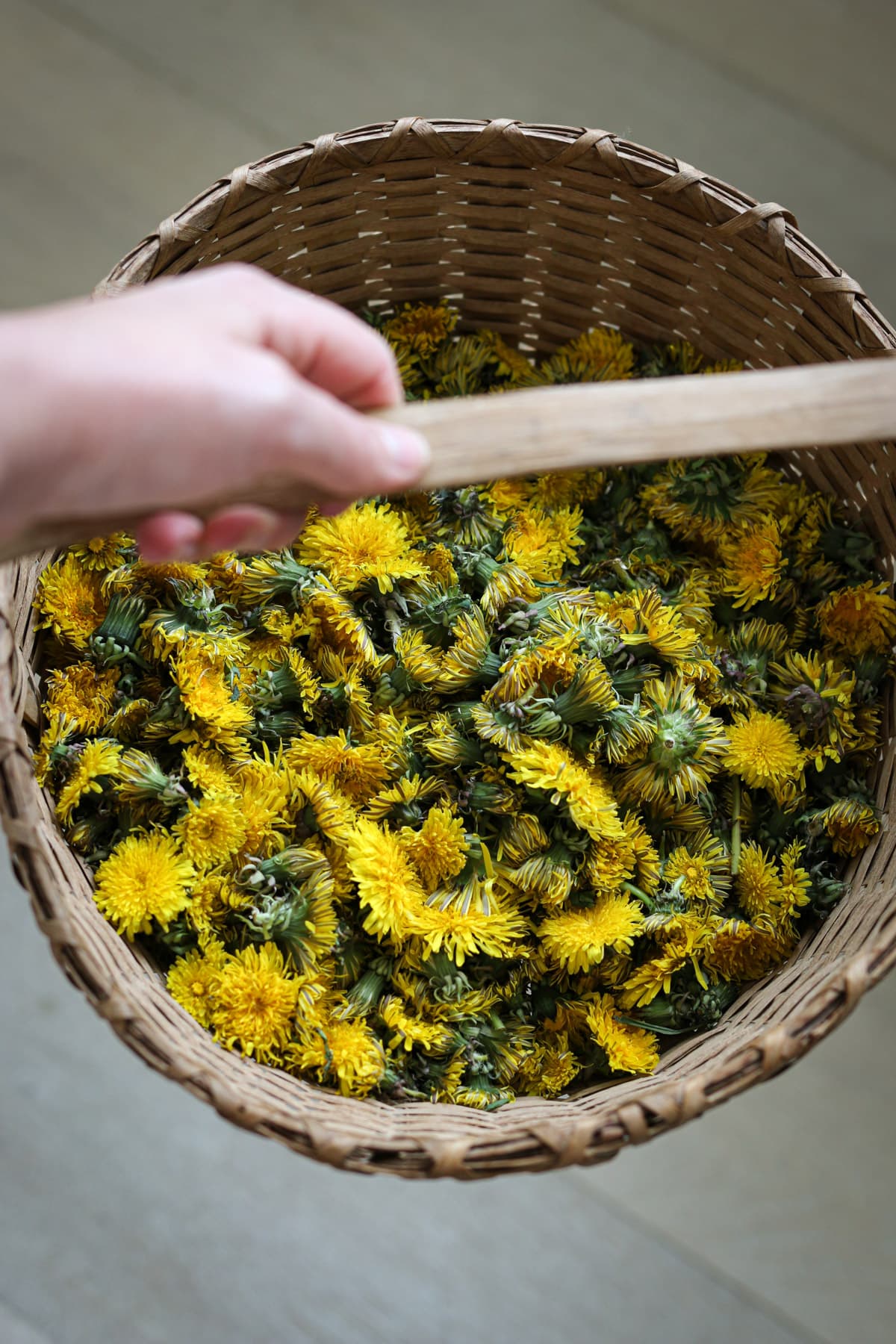
Harvesting Dandelion Roots
Lastly, let’s look at how to harvest dandelion roots. You’ll want to choose a healthy dandelion plant. Use your shovel to loosen the soil around the base of the plant. You should dig into the ground several inches away from the plant in order to avoid damaging the roots. Dig into the ground at an angle and try to get your shovel under the root system. Gently remove the dandelion plant and shake off any extra dirt.
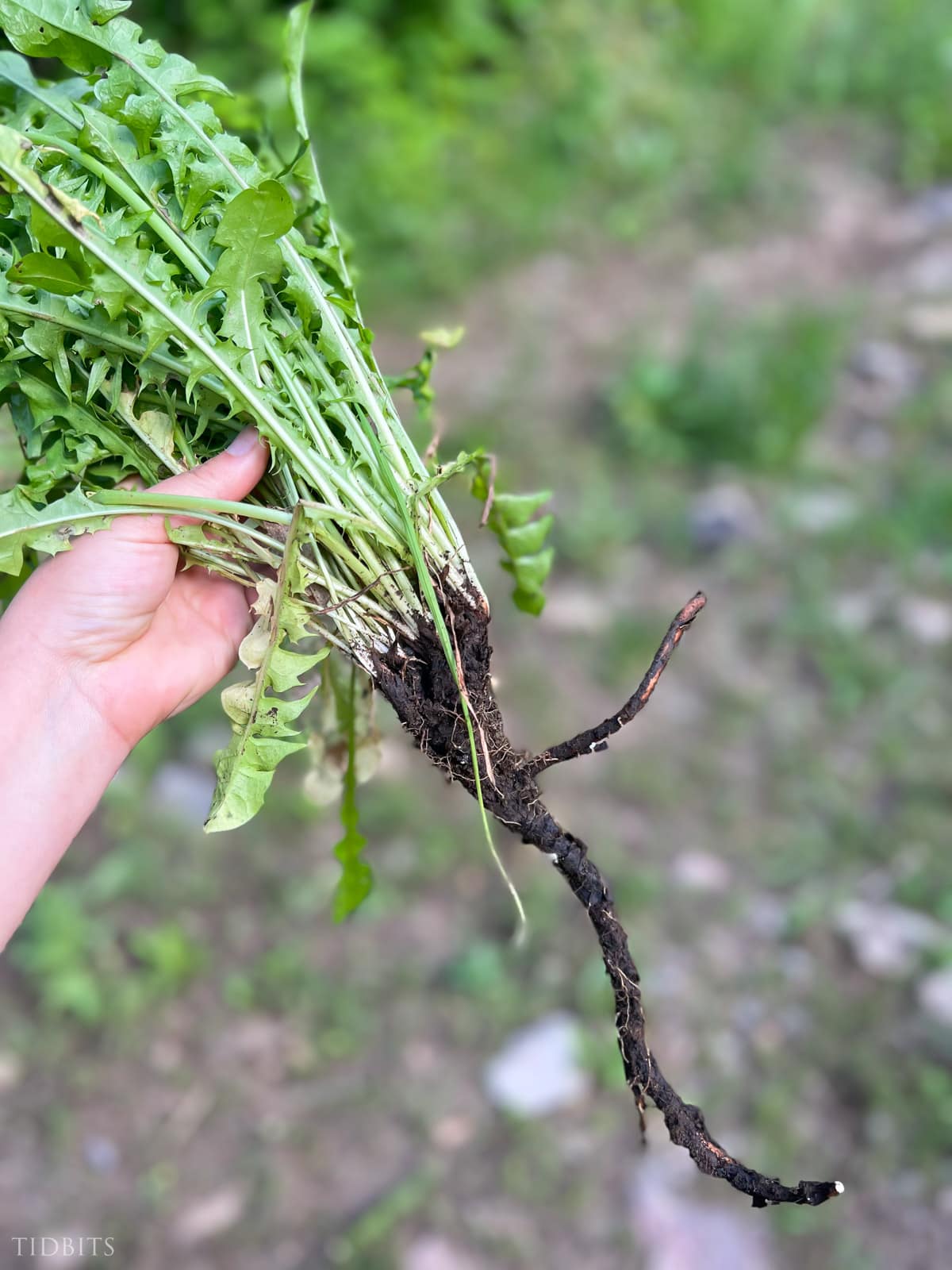
Cleaning and Storing Harvested Dandelions
Once your dandelions have been harvested, it’s time to clean and store them. You can clean any dirt off of your dandelions by giving them a thorough rinsing. After that, pat the dandelions dry and hang or lay them out to finish air drying. I love using this herb drying rack for my dandelions.
You’ll want to make sure that all parts of your harvested dandelions are completely dry before storing. This is also a good time to roast any dandelion roots you may have harvested, if you desire to do so.
Once all your dandelion parts are clean, dry and roasted (if applicable) it is time for storage. I like to store my dried dandelion in a glass jar. I recommend you use airtight jars and keep them stored in a dry place away from direct sunlight and extreme temperatures. Your dandelions should keep for a long time if stored properly.
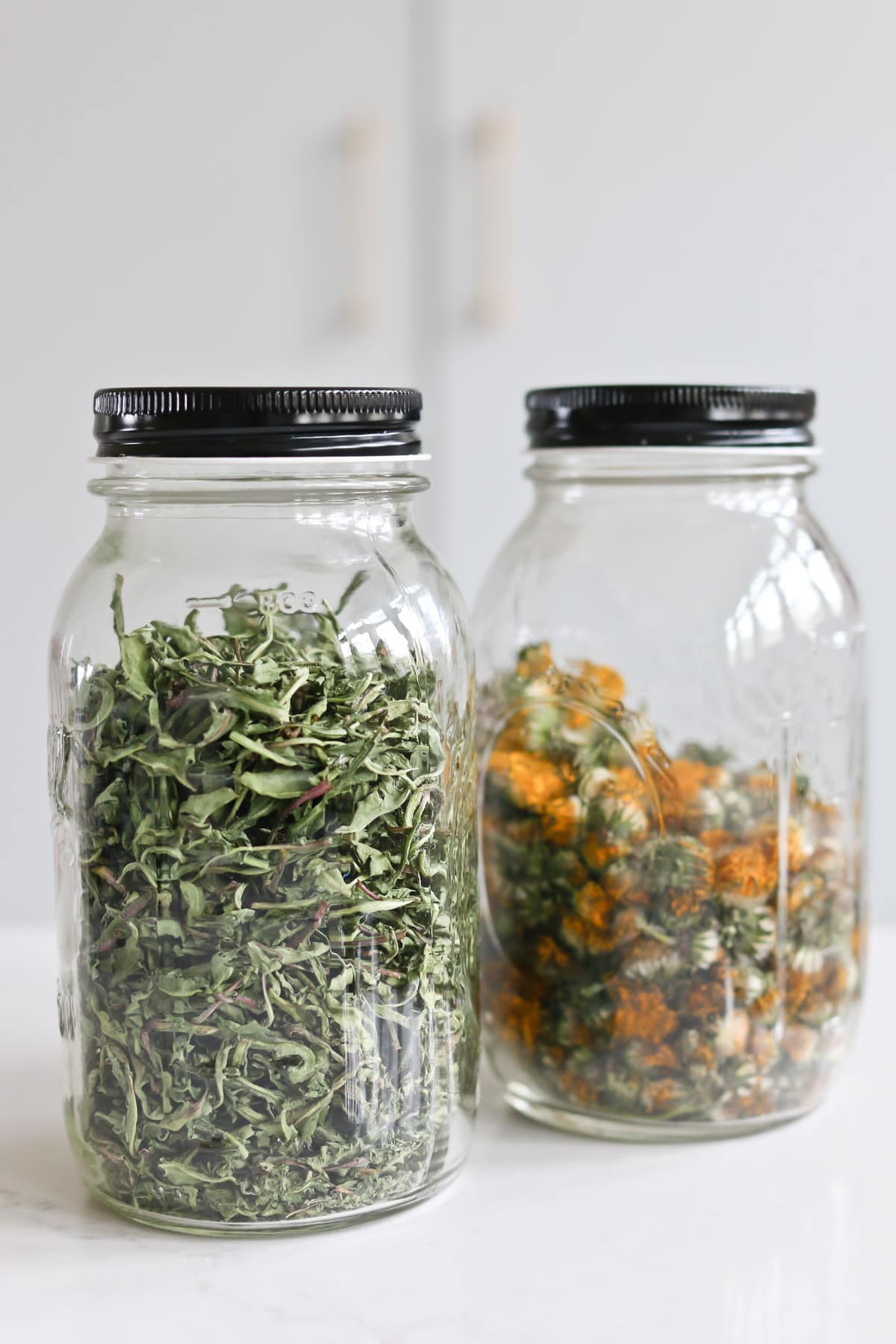
Other Sources for Dandelion Products
And that’s all there is to it! Dandelions are really simple to harvest. If, however, you don’t want to harvest your own dandelions, don’t worry. There are several places where you can purchase dandelion products.
Mountain Rose Herb is my favorite retailer for all herbs. They sell dandelion leaves, roasted dandelion root and non-roasted dandelion root. I also recommend these dried dandelion flowers if you are interested in using flower buds.
If you are interested in herbs, you should check out the Herbal Academy. I’ve been taking their online classes and I can honestly say that they are incredible! I’ve learned so much about herbs and natural remedies from them. I can’t wait to keep learning even more!
More About Dandelions
Thank you for being here today! Feel free to browse my collections of Natural Living and Herbs content if you want to learn more about these fascinating topics. You might also want to read these other blog posts about using dandelions:
- How to Make a Nourishing Roasted Dandelion Root Tea
- Dandelion Root Benefits – Nature’s Secret Remedy
See you soon!
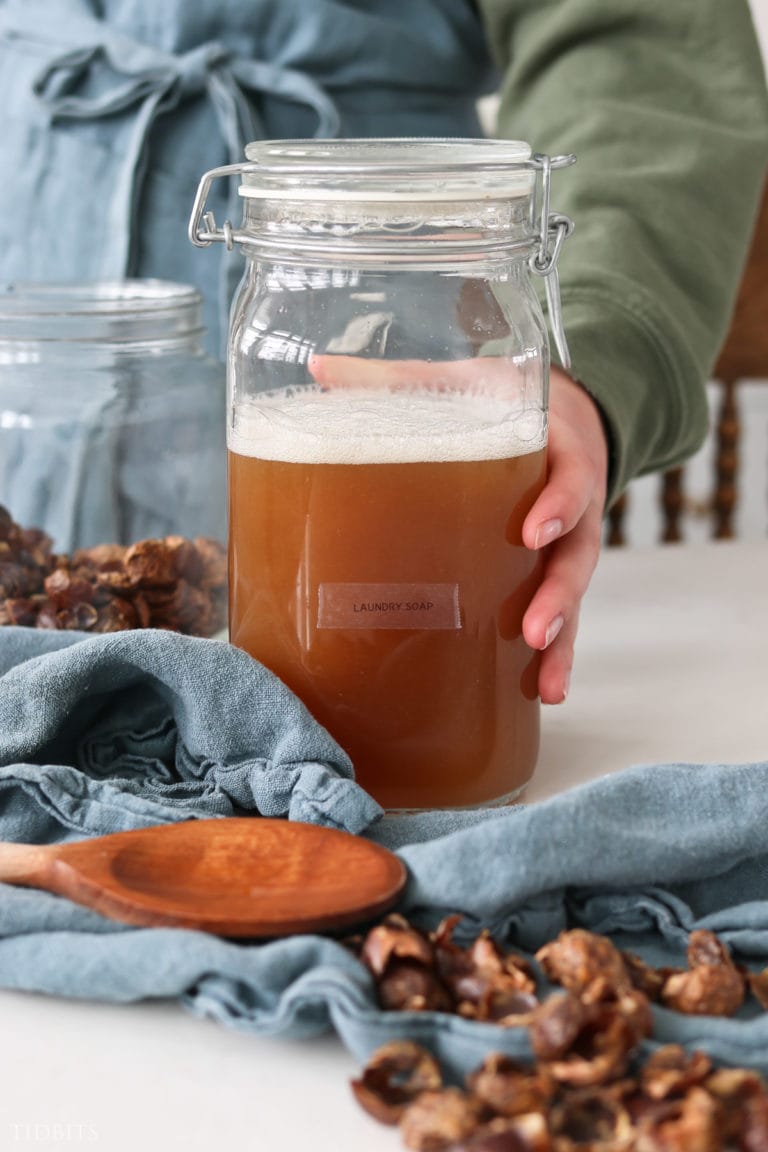
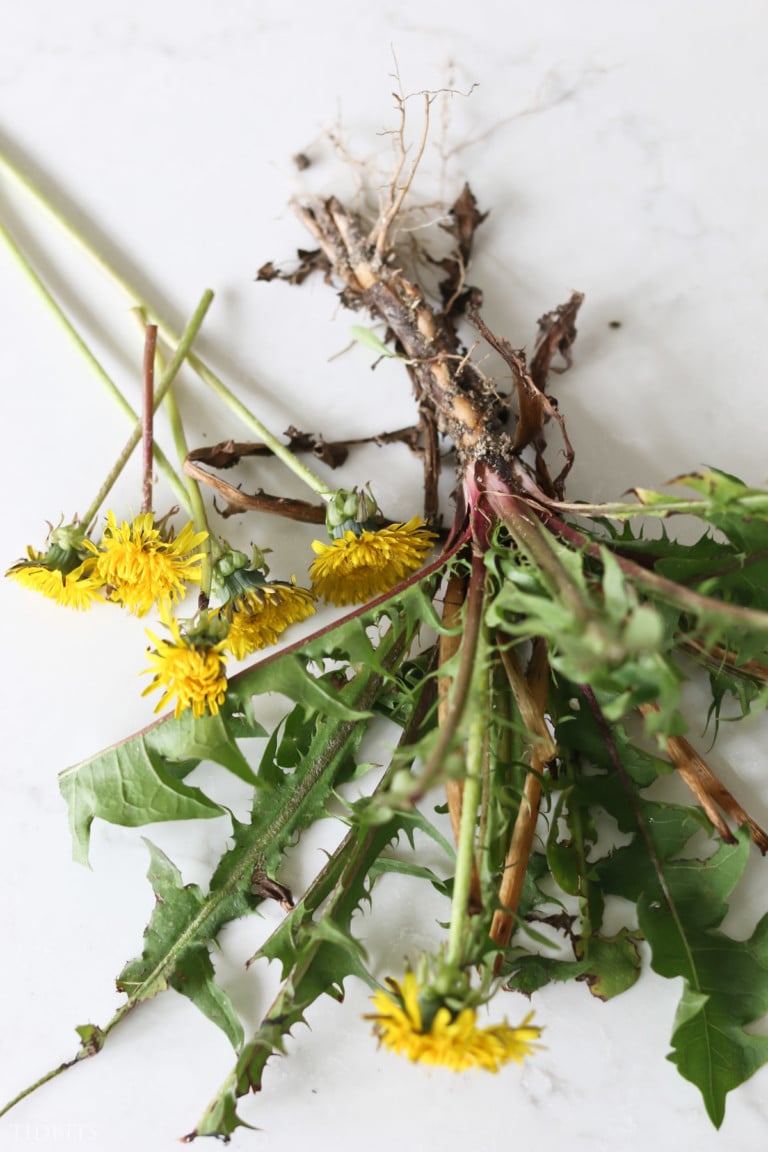
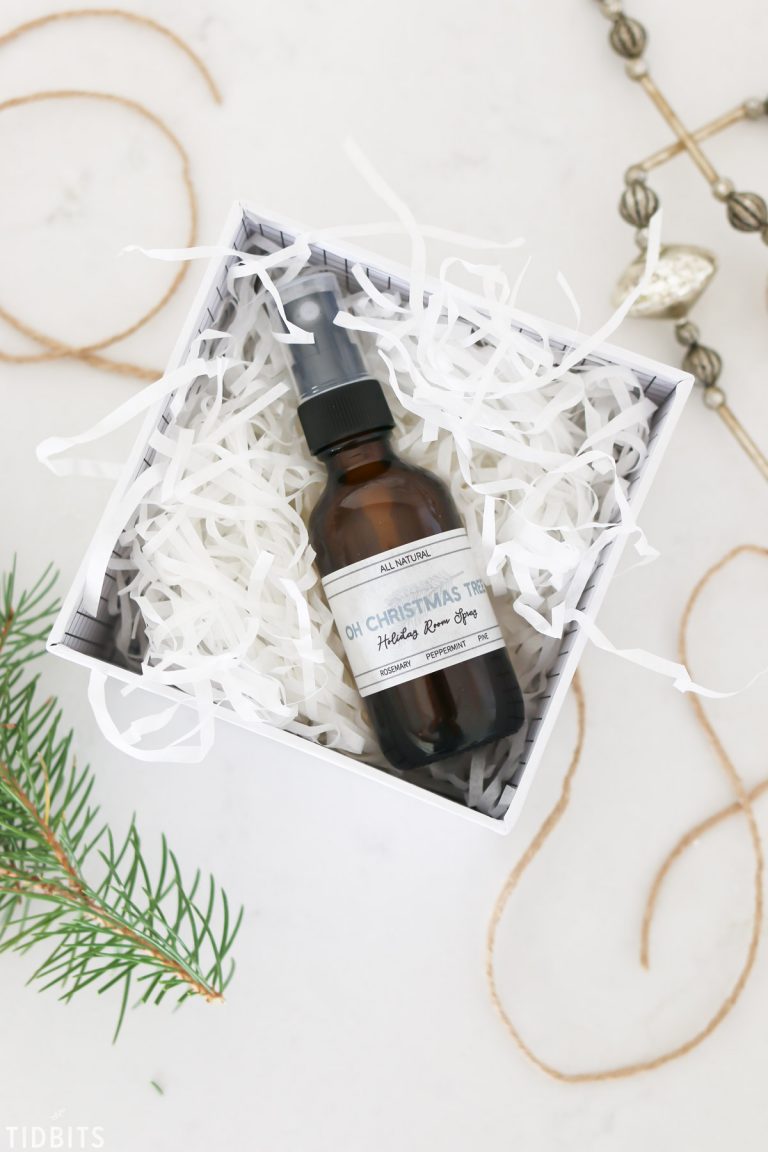
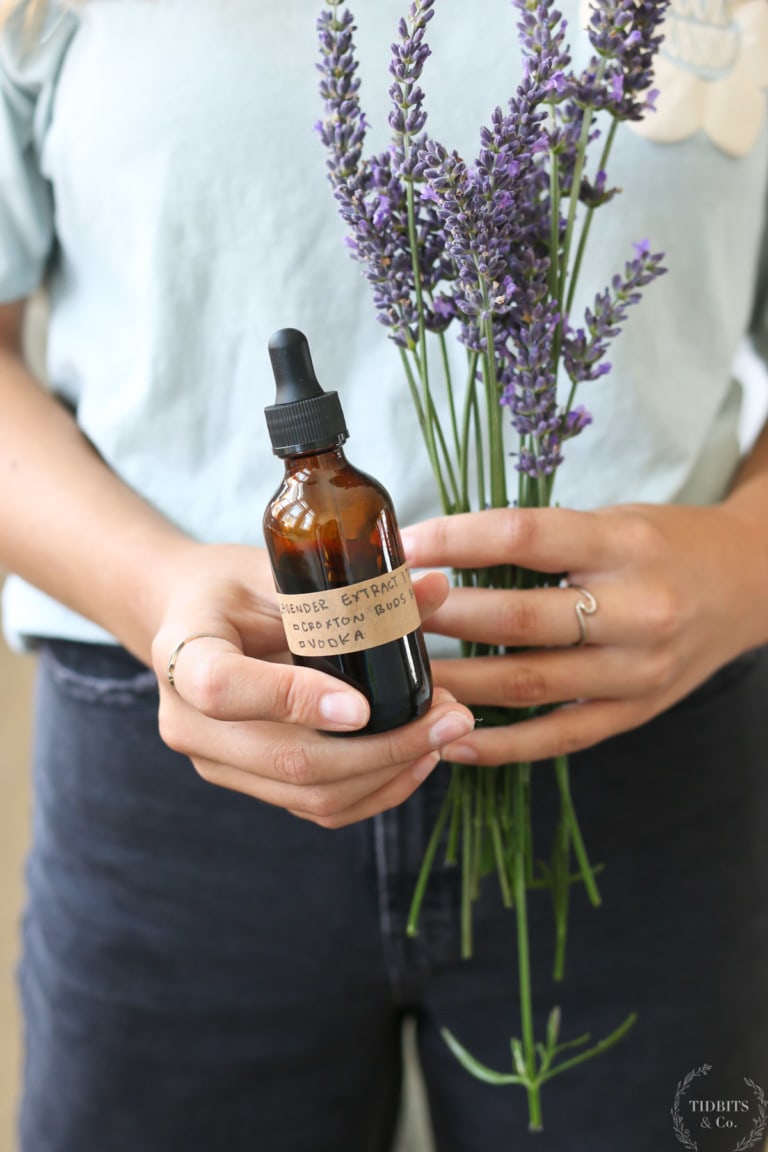
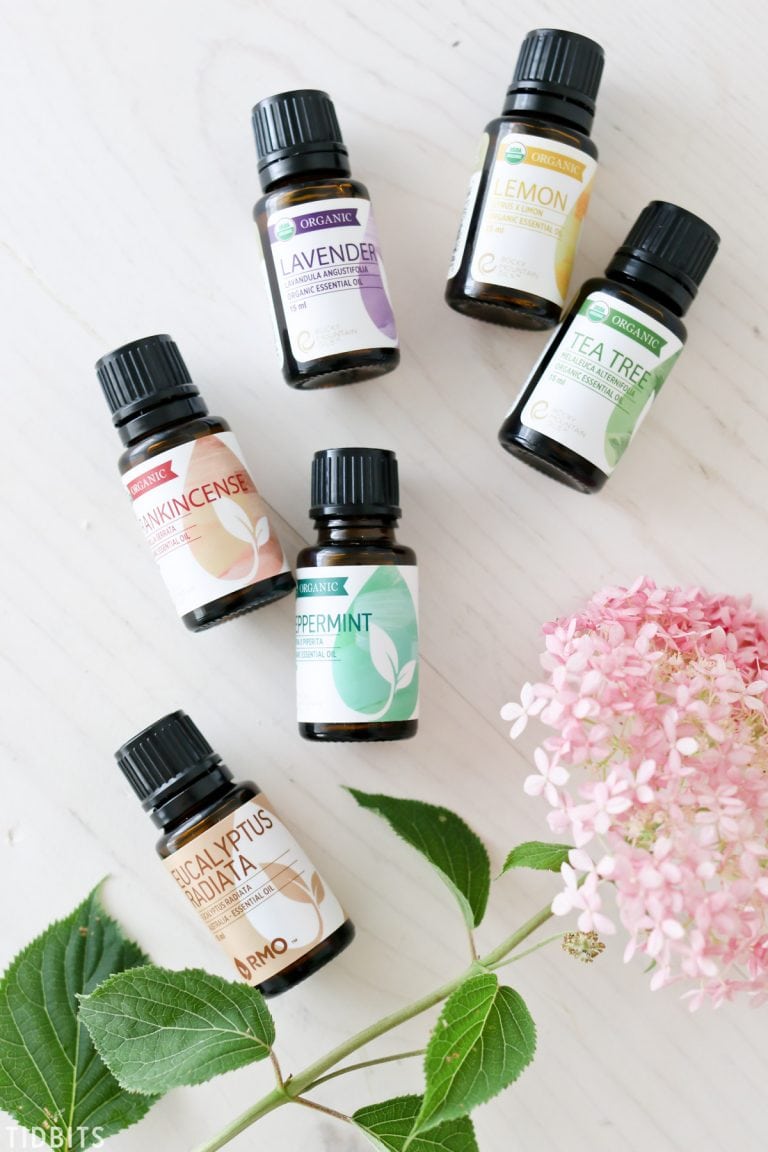
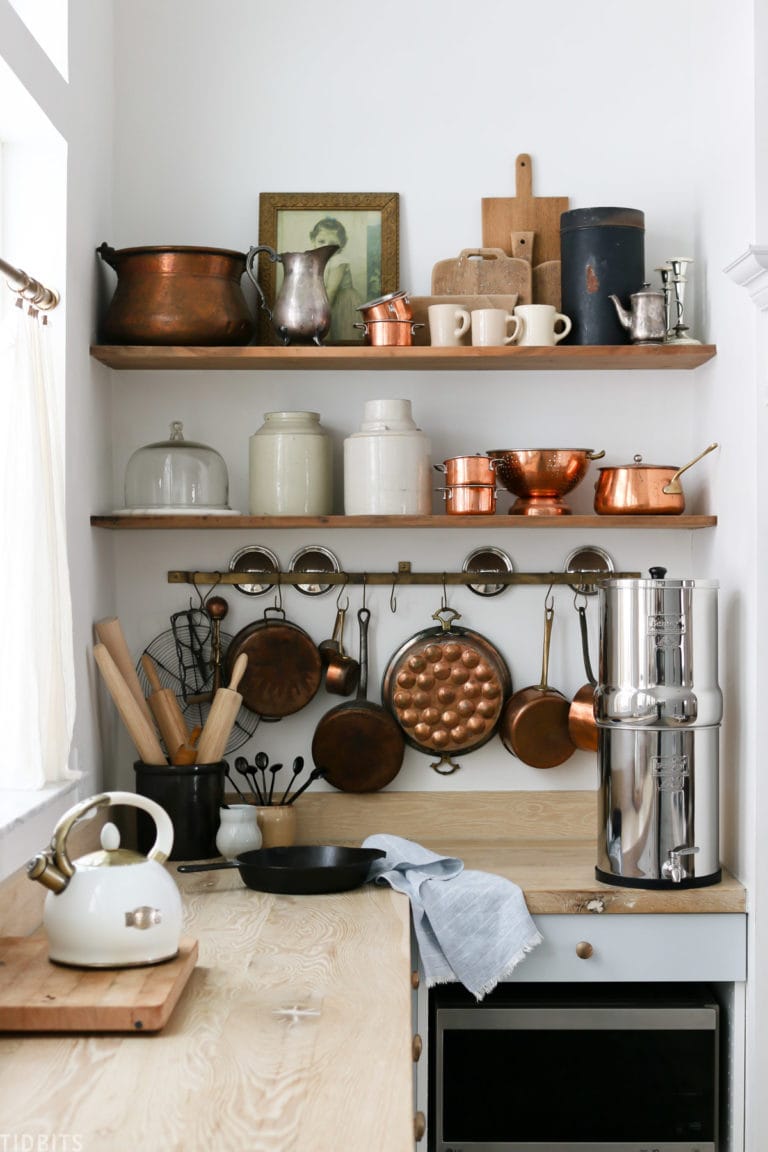







Free Printables!
Get instant access to the TIDBITS subscriber library full of free printables for the keeper of the home.
Discover more TIDBITS
Love this article? Make sure to connect with me on your favorite social platform below, and leave a comment so we can chat!